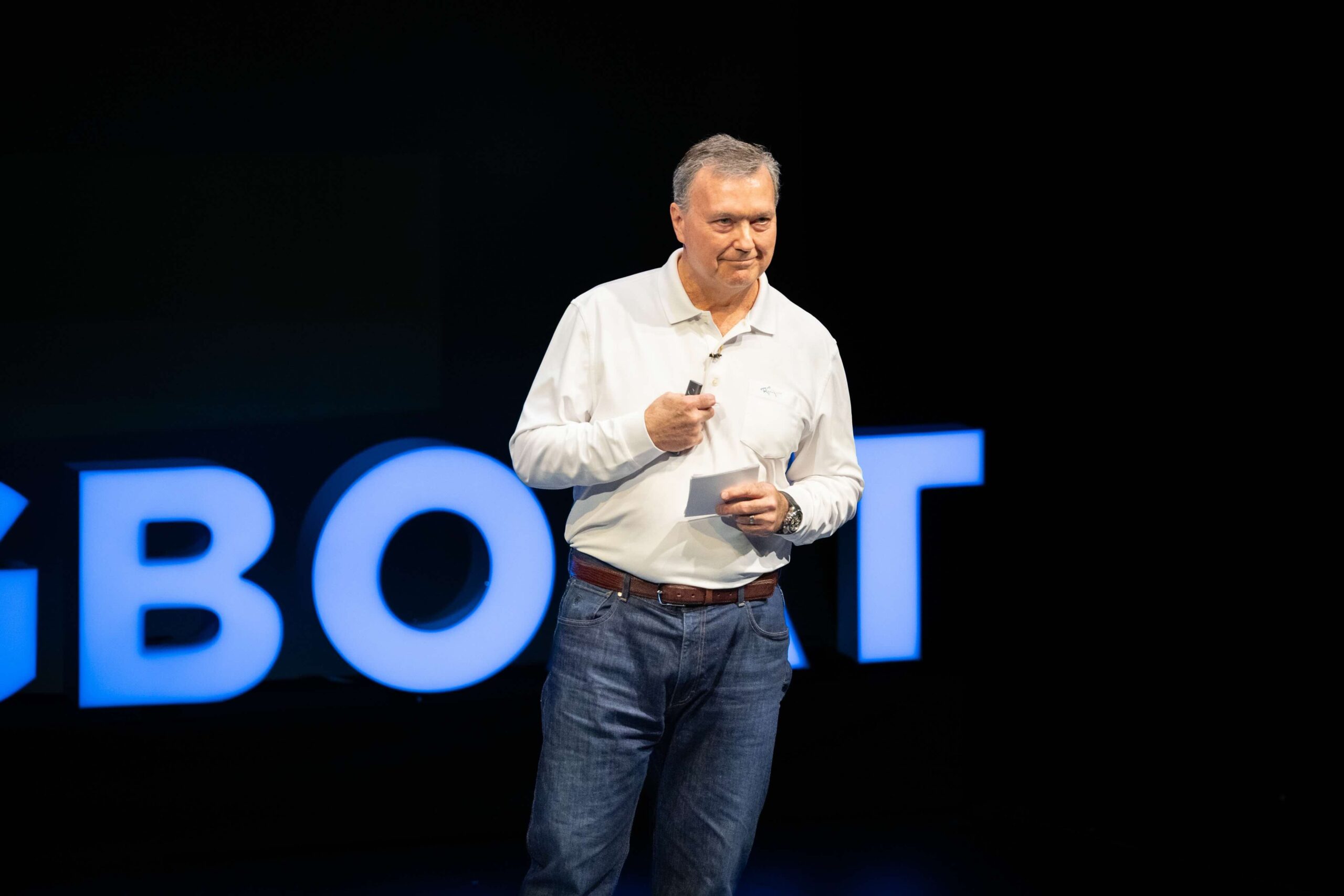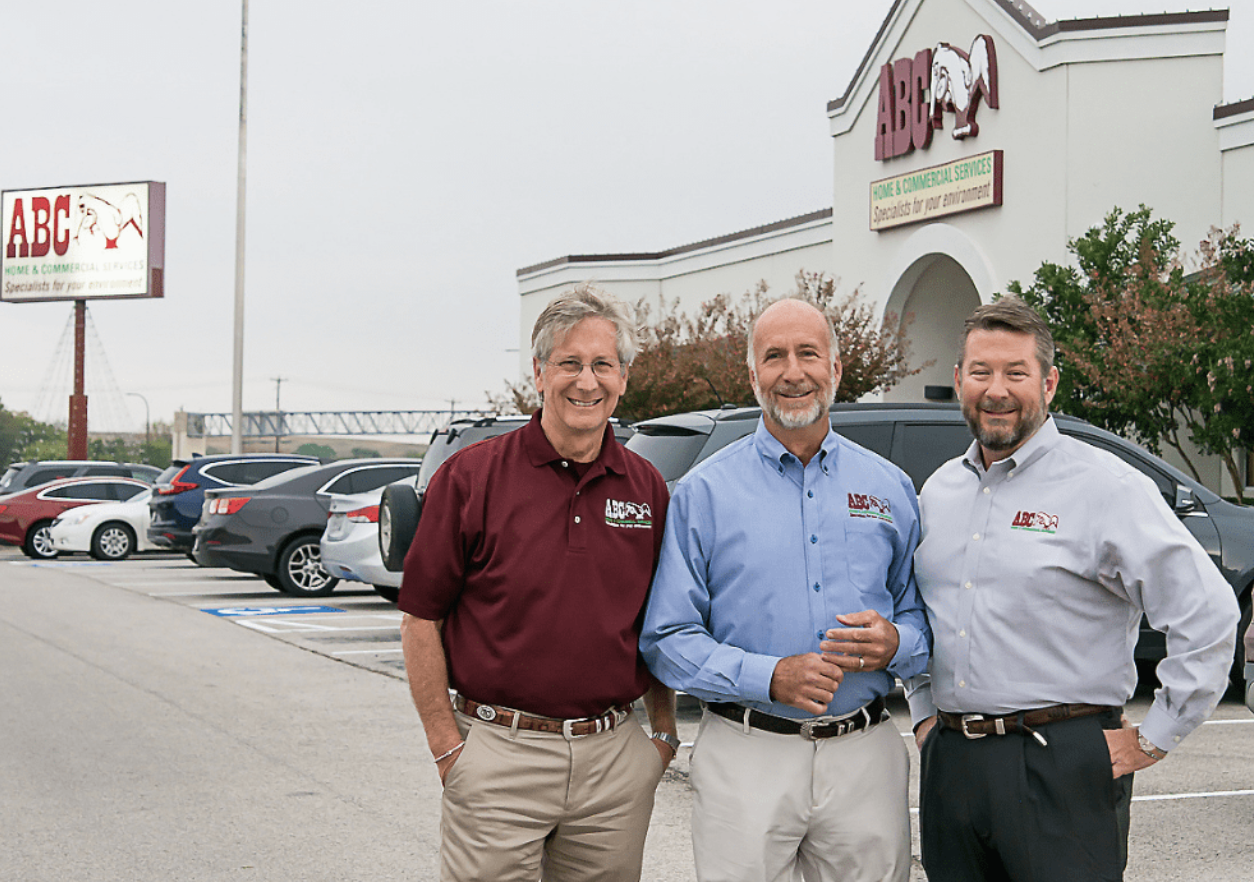

To Lead Change, Start with The Why
- Ethan Mitnick
- SchoolKit
Change is hard—especially in public education. School systems are complex, often decentralized, and marked by deeply held beliefs about teaching and leadership practices. I was a teacher and a school principal before founding and becoming CEO of SchoolKit, a consulting firm that works with school districts and state education agencies, so I have experienced this firsthand. At SchoolKit, we help education leaders implement major shifts in how their teachers teach and lead to ensure their work better aligns with the research. It’s challenging and rewarding. If there’s one idea that is relevant beyond the world of education and that is at the foundation of our approach to this work, it’s that driving meaningful systems change always begins with the why.
At SchoolKit, the bulk of our work with clients is through our training and coaching programs. On a higher level, though, we strive to support school leaders through important changes in teaching and learning that shift the paradigm from compliance-driven, ingrained behaviors to systems-level transformation.
Like so much else in effective organizations, this work starts at the top. Whether supporting a single district or a state-wide initiative, we begin by training leaders—superintendents, principals, literacy coaches—before cascading changes down to teachers. Our main focus is helping school systems adopt and implement high-quality instructional materials (HQIM), so that all students across classrooms—and across zip codes—have meaningful access to coherent and rigorous learning experiences.
Unfortunately, this isn’t the norm. In many school systems, instruction is cobbled together from teacher-created materials or sites like Teachers Pay Teachers, where a teacher can log on and purchase lesson plans and activities from other teachers. In theory, this open community sounds good, but it lacks quality control, and this practice often creates wide disparities. For example, a second grader’s learning experience might vary dramatically depending on which classroom they land in, even within the same district or school. That’s highly inequitable, and it creates chaos and confusion when students change schools or teachers each year or during the course of a school year.
The process of addressing this is complex. Implementing HQIM is about more than picking the right curriculum; it’s a significant leadership challenge. You need to train leaders to identify their available levers for change, to use them effectively, and to support teachers through the discomfort of doing things in a new, sometimes uncomfortable way.
Discomfort is prevalent in all industries. In schools, this may look like teachers feeling deep ownership over their methods and materials. Being asked to adopt a new curriculum can feel like an attack on their identity. I’ve seen firsthand how emotional the process can be; teachers may experience a loss when they leave behind past instructional practices. But when teachers and leaders get past this, once they see the benefit of a shared curriculum—especially the collaboration it enables—they start to shift their mindsets.
One example of this shift is a Philadelphia math teacher who was initially skeptical of the district’s new, high-quality curriculum called Illustrative Math. In the first year, she struggled. She was a strong teacher with a great track record; she wondered why she had to shift her methods and materials. By year two, however, her mindset started to shift; once she had better internalized the new curriculum and grown her confidence, she realized how much it was helping her students. She was also able to help other teachers use the curriculum well.
This was a great outcome, but for a school leader, a year is a long time to preside over unhappy, struggling employees. This is where the why becomes so critical.
Whether they have become set in their ways, walk the middle of the road, or are extraordinarily innovative and effective, teachers all typically share one critical thing–they care deeply about students. They want them to succeed. We always advise our clients that the process of change must constantly communicate a vision of excellence–the deeper purpose of improving the student experience and outcomes–and this vision should serve as the anchor throughout the process. This vision is our why. Complete buy-in to big changes might take some time, but no teacher will ever choose to work against a student’s best interest, so keeping that at the forefront of the conversations and the work is critical.
After we have all agreed that we share the same goal, we have to gain the confidence of teachers and assure them that the changes we are bringing will in fact accomplish this goal. We draw from research-based, highly-rated curricula and find the best program to meet the needs of each client. Then, we design trainings grounded in principles of adult learning to support all stakeholders to build their knowledge about and skill at using the new program. These principles share a great deal with best practices used for teaching children, so you’d think this part would be a cinch, but that’s not always the case.
Effective change leaders, just like teachers, invite their teams to deeply understand, reflect upon, grapple with, and try out the new program. It’s experiential. Our trainings and coaching provide time for in-person learning and reflection, share research-based, provocative ideas that challenge assumptions, and give participants opportunities to apply ideas to their own classrooms with multiple opportunities for this cycle in a given year. We are sure to gather insights on mindset via surveys and self-assessment every chance we get. And, at every step in the process, we reinforce our shared, powerful vision- our why.
Another key ingredient in leading change is collaboration. Teaching can be an isolating profession, especially when teachers create and deliver lessons entirely on their own. When we work with our clients, the early stages of implementation focus on creating effective collaborative structures and focus heavily on team-based instructional planning. Perhaps for the first time, a teacher is doing this work with a team. Quickly, teachers see the benefits of a collaborative approach, which improves practice and leads to increased buy-in for the instructional changes.
There are many parallels between the work we do with our clients and what’s happening inside our own organization. With a team of 52 full-time staff and over 180 contractors, I am constantly thinking about our internal culture and leadership development. We’ve added new layers of leadership as we’ve grown, and in order to ensure we remain excellent at all levels, we need to train people into those roles. We rarely hire senior leaders externally—we grow our own—so a deliberate approach to training is especially important.
At the end of the day, while our work is rooted in schools, the principles that guide us—starting with the why, leading with purpose, adhering to the principles of adult learning, building buy-in through collaboration, and honoring the emotional side of change—are not exclusive to education. Any organization that aspires to excellence, and especially the Purpose-driven, People First, Evergreen® organizations we lead, must wrestle with how to evolve while staying anchored in what matters most. That’s the work. And it’s work worth doing, whether you’re serving students, clients, customers, or communities. When you begin with a clear and human-centered why, change becomes not just possible—but transformational.
More Articles and Videos

From Vader to Evergreen: A CEO’s Journey to Enlightened Ownership
- Mark Steele
- Craftsmen Industries, Inc.

From One Store to $1B+ Southern California Institution: The Evergreen Journey of Northgate Market
- Ryan Drew
- Tugboat Institute

Patience, Purpose, and the Path to Growth
- Bobby Jenkins
- ABC Home & Commercial Services

Get Evergreen insight and wisdom delivered to your inbox every week
By signing up, you understand and agree that we will store, process and manage your personal information according to our Privacy Policy


